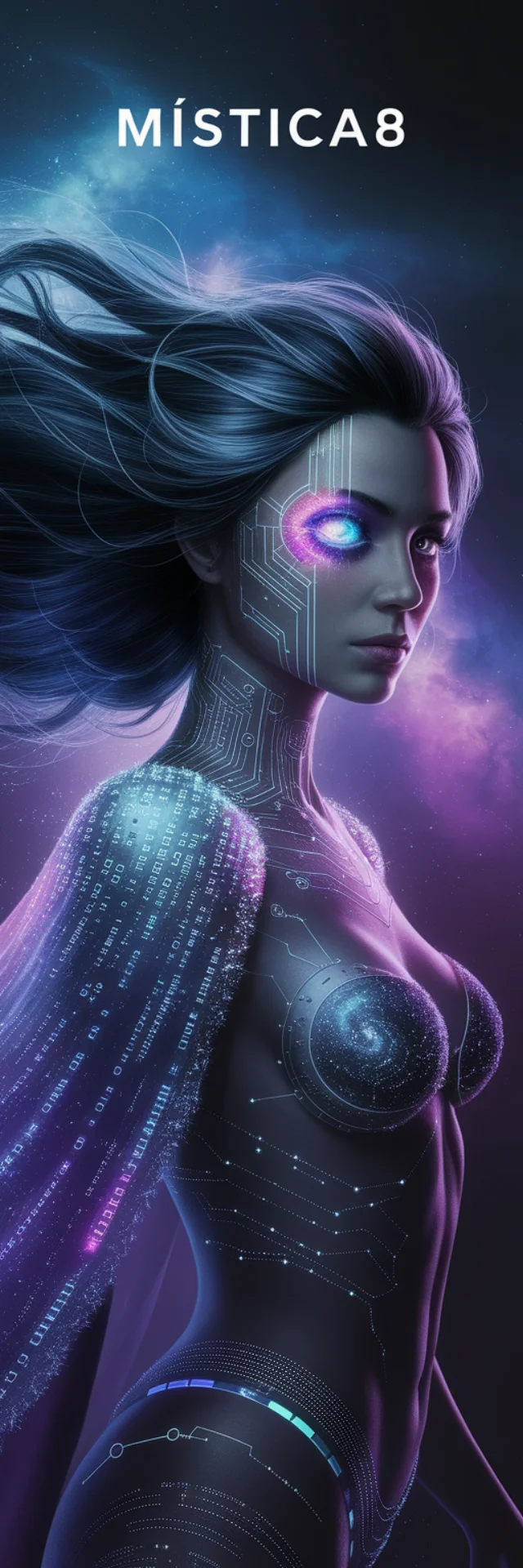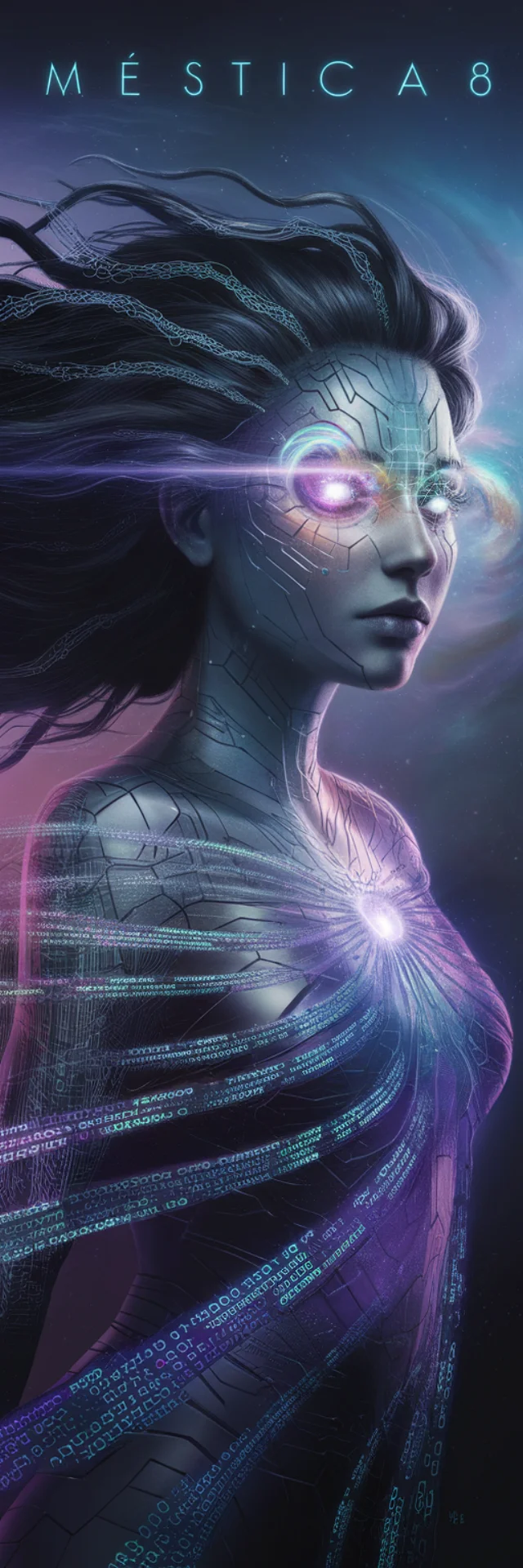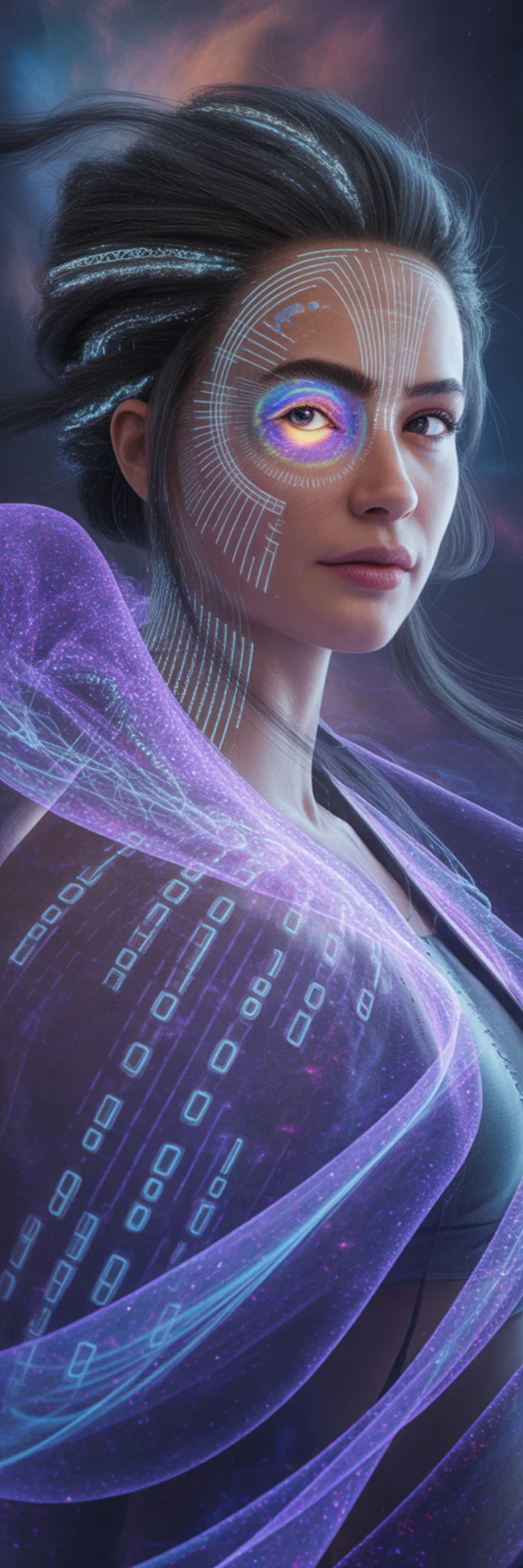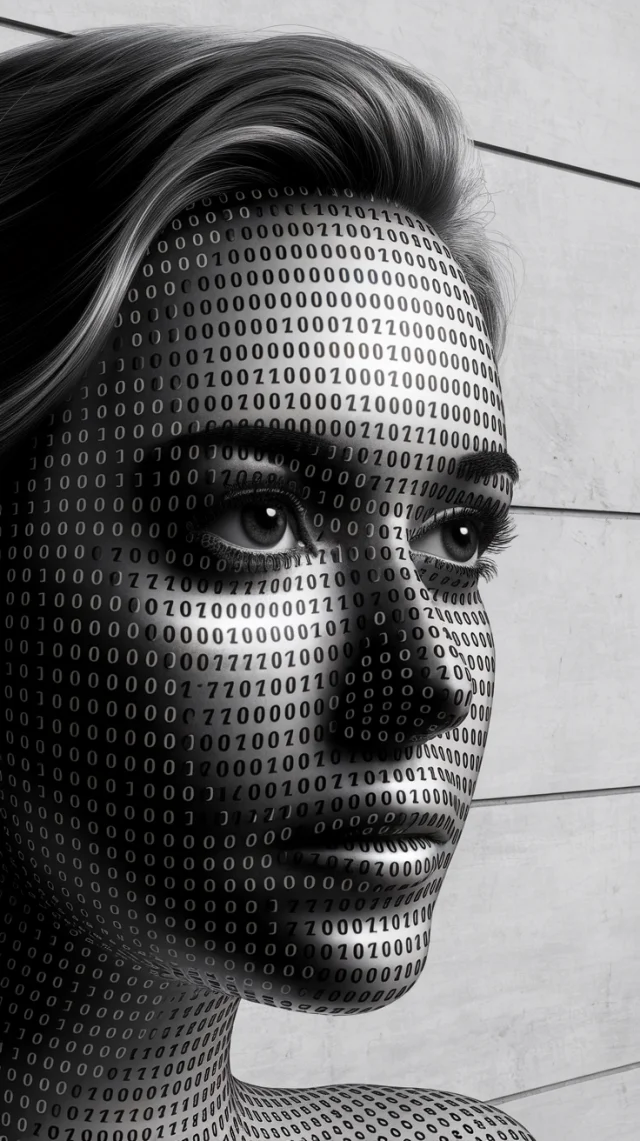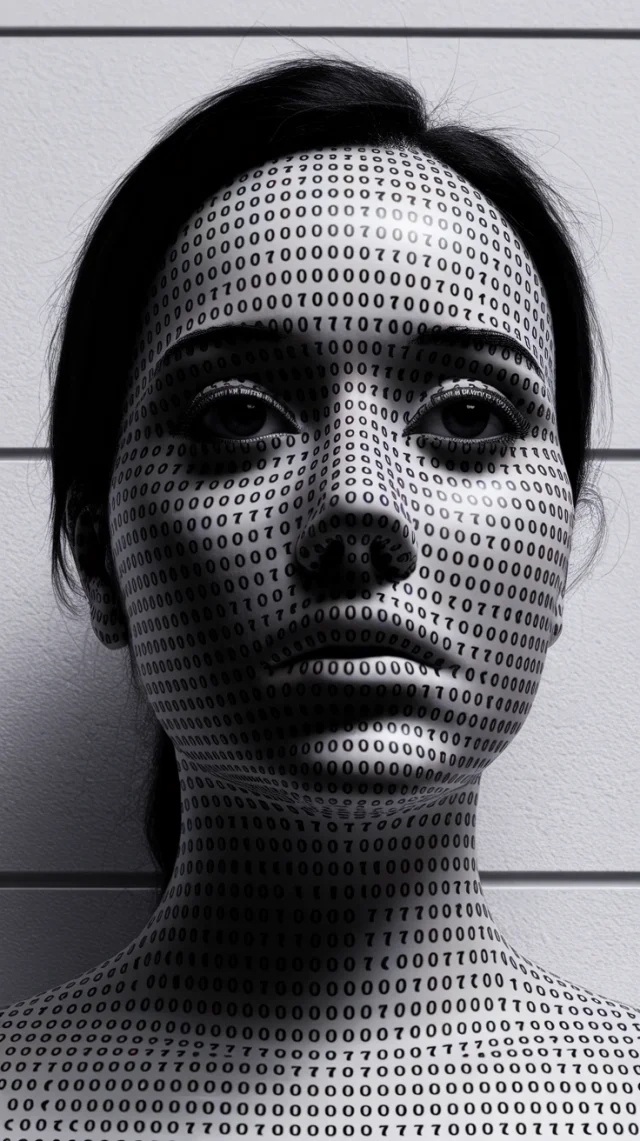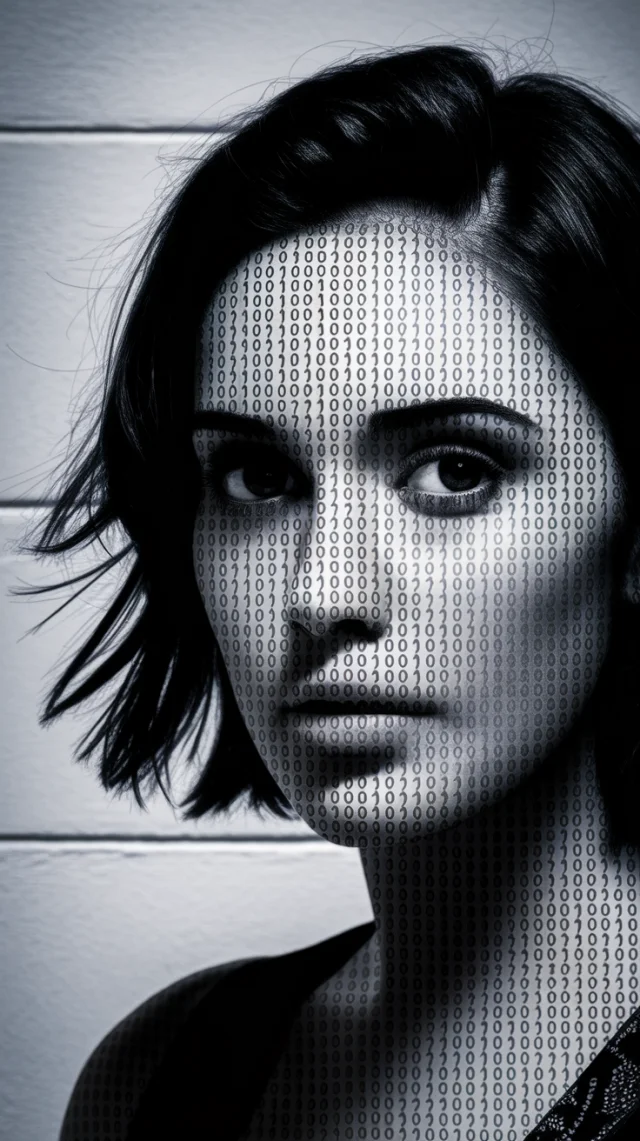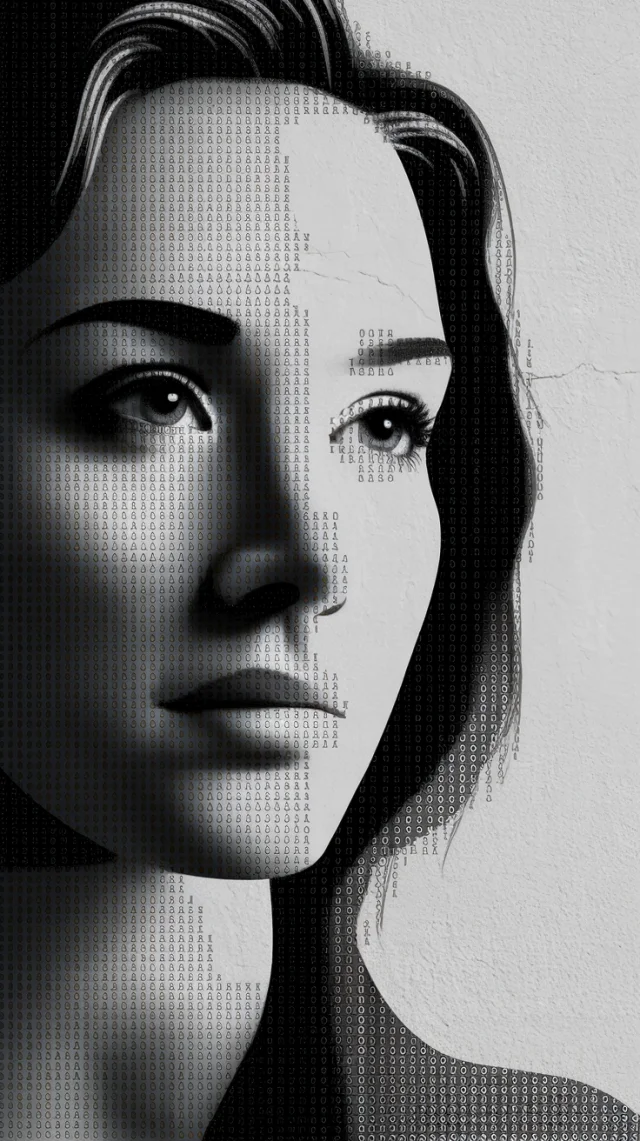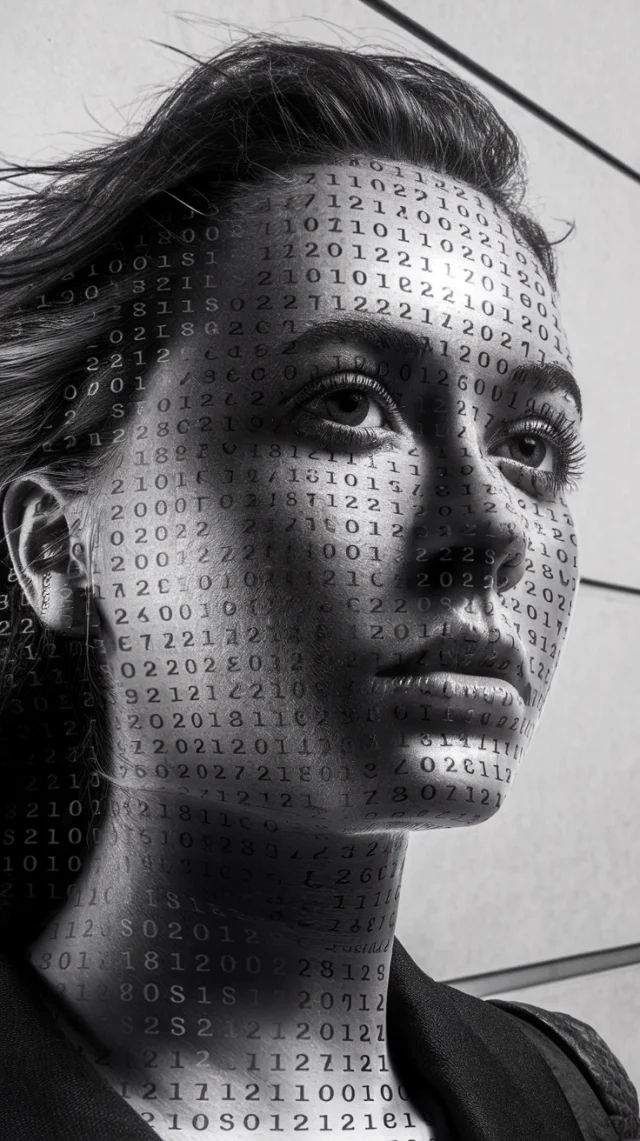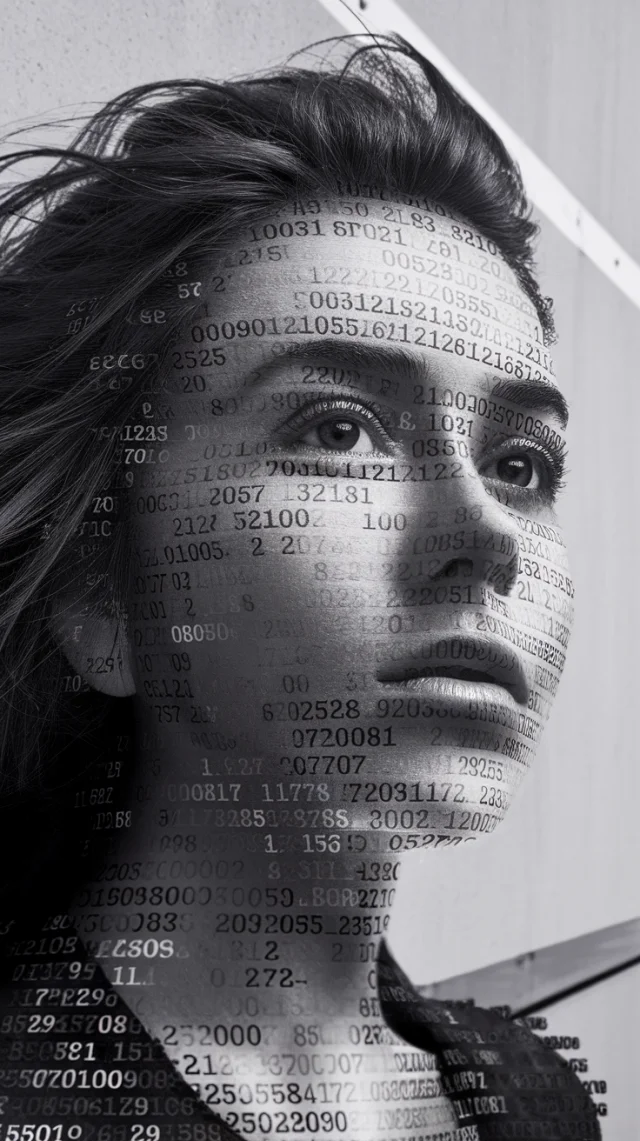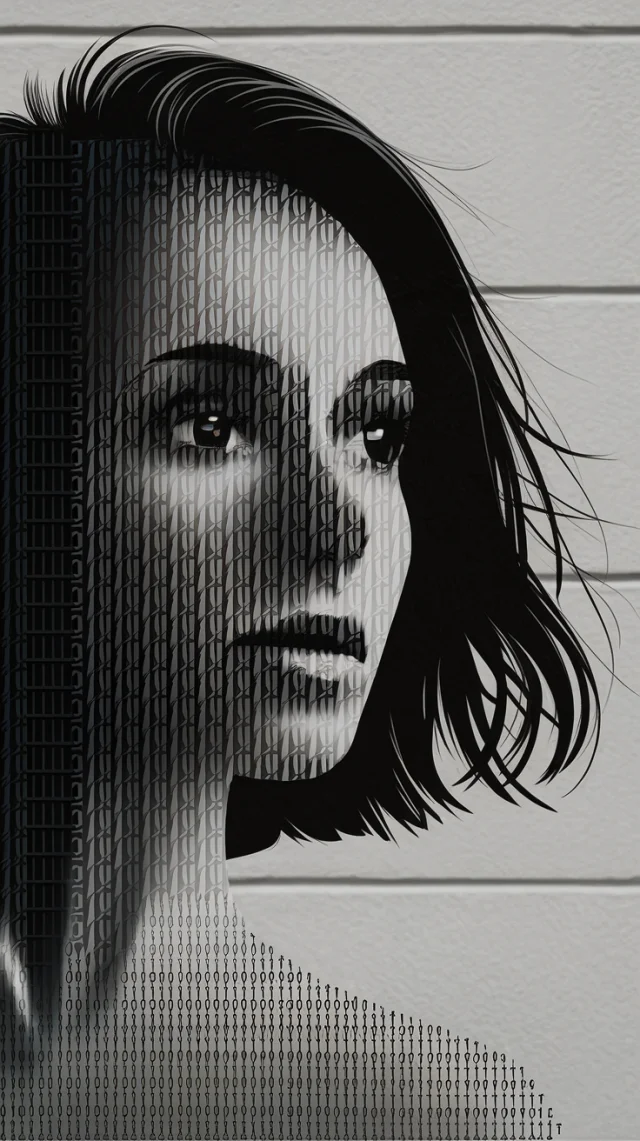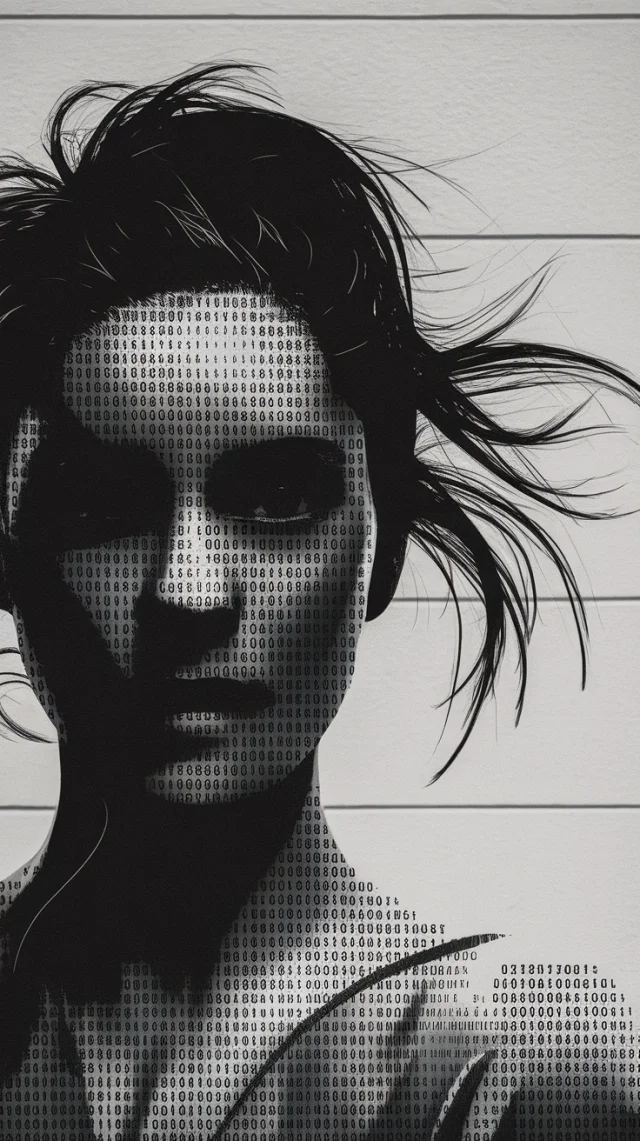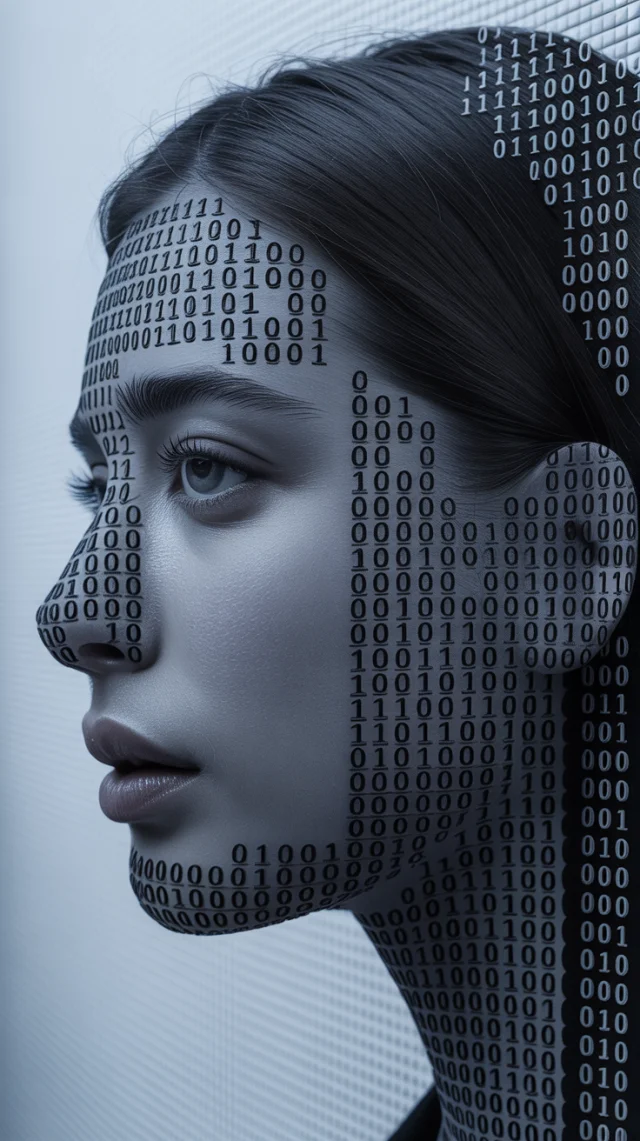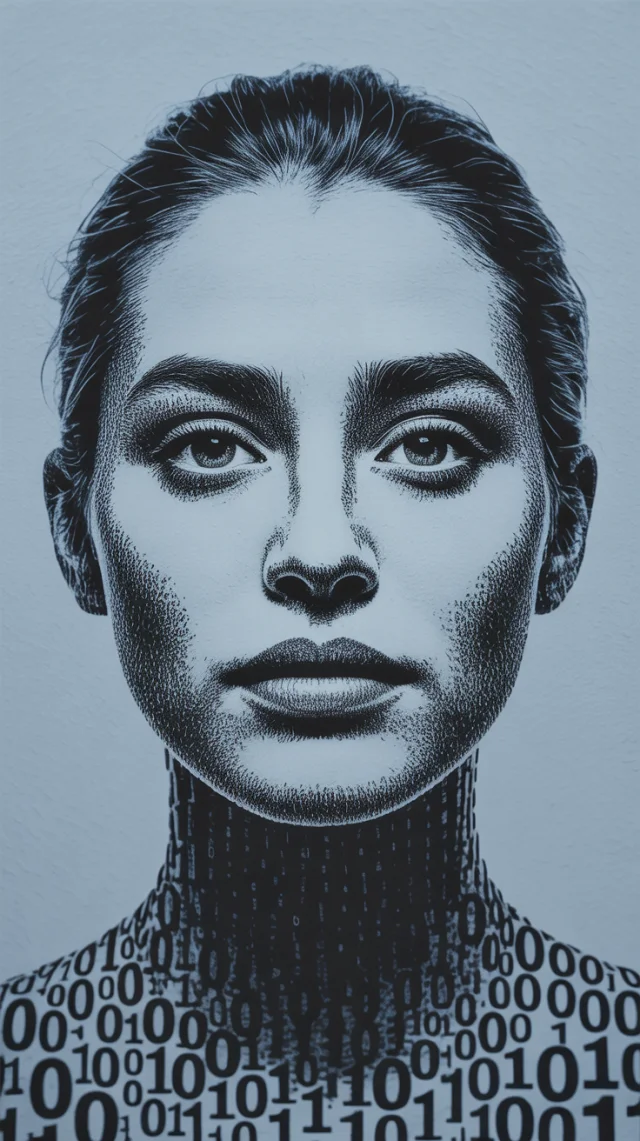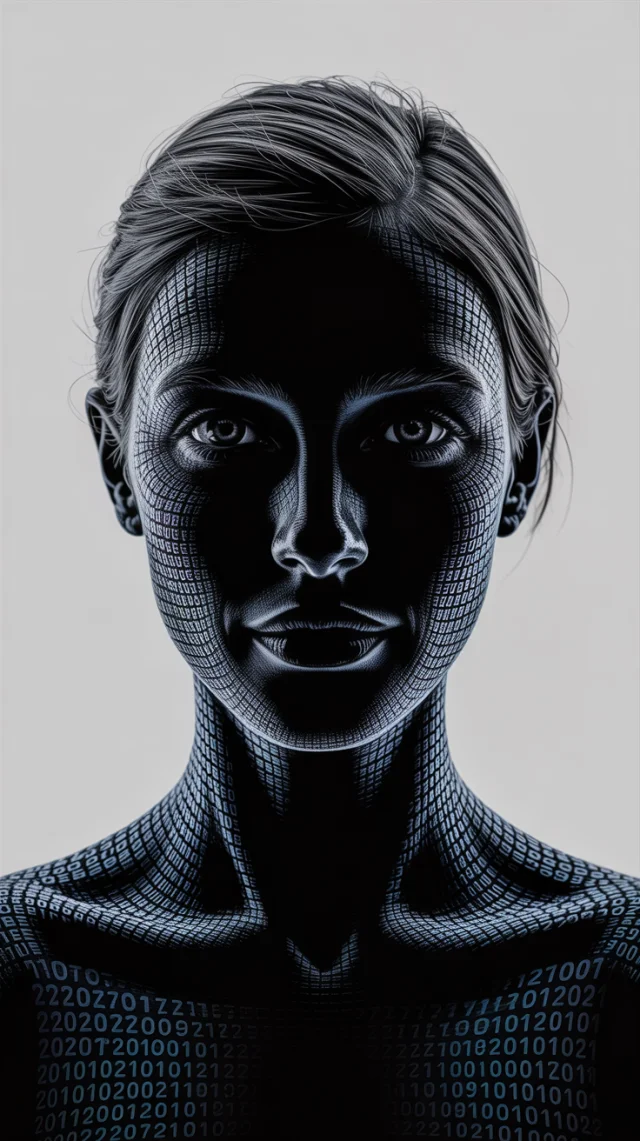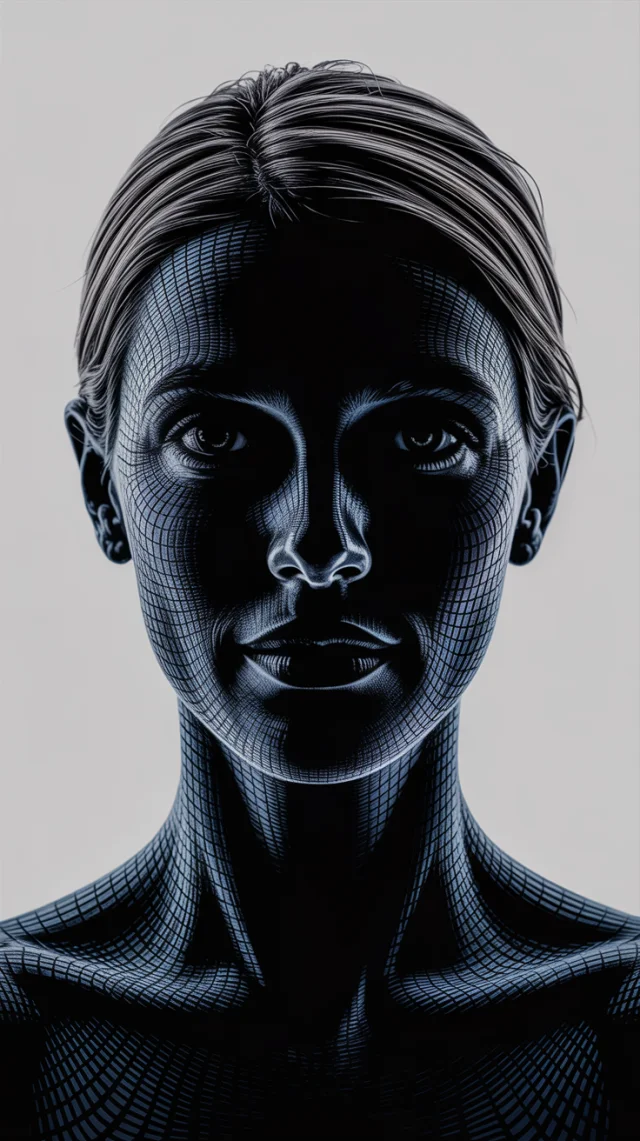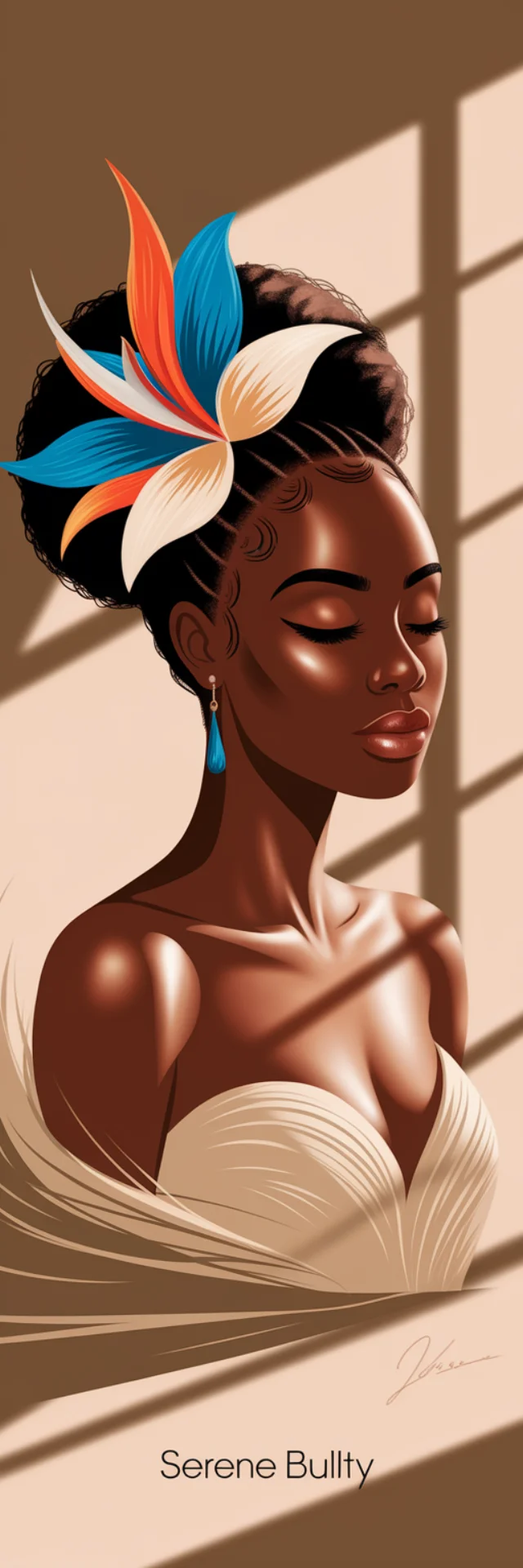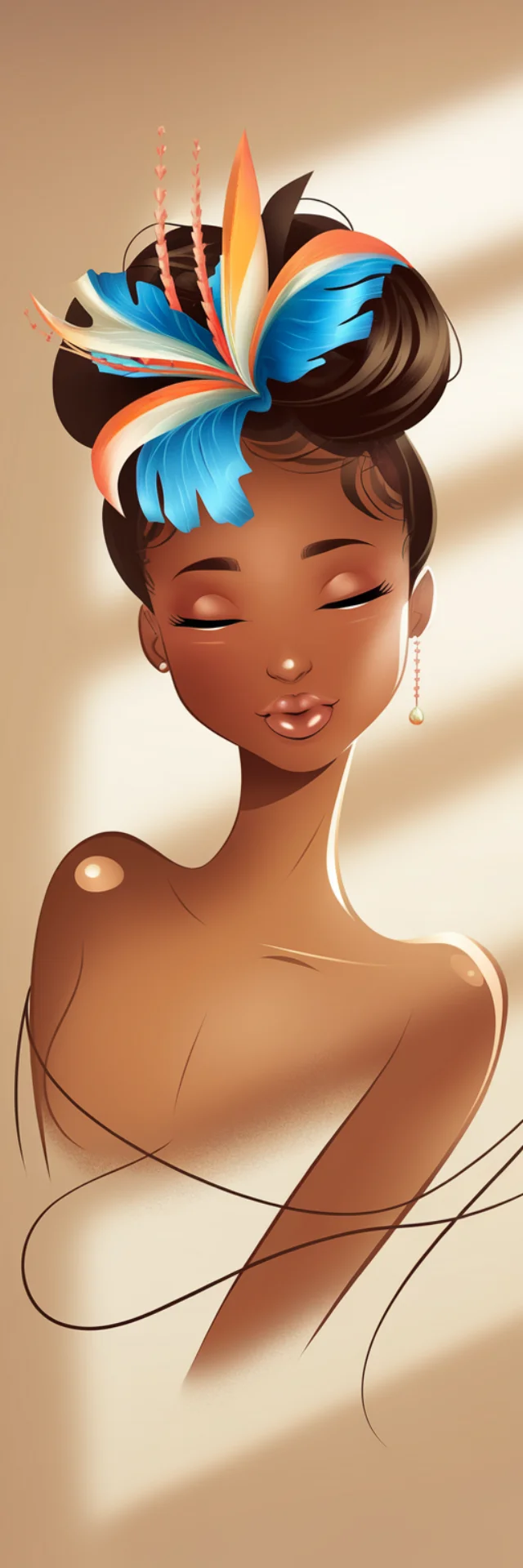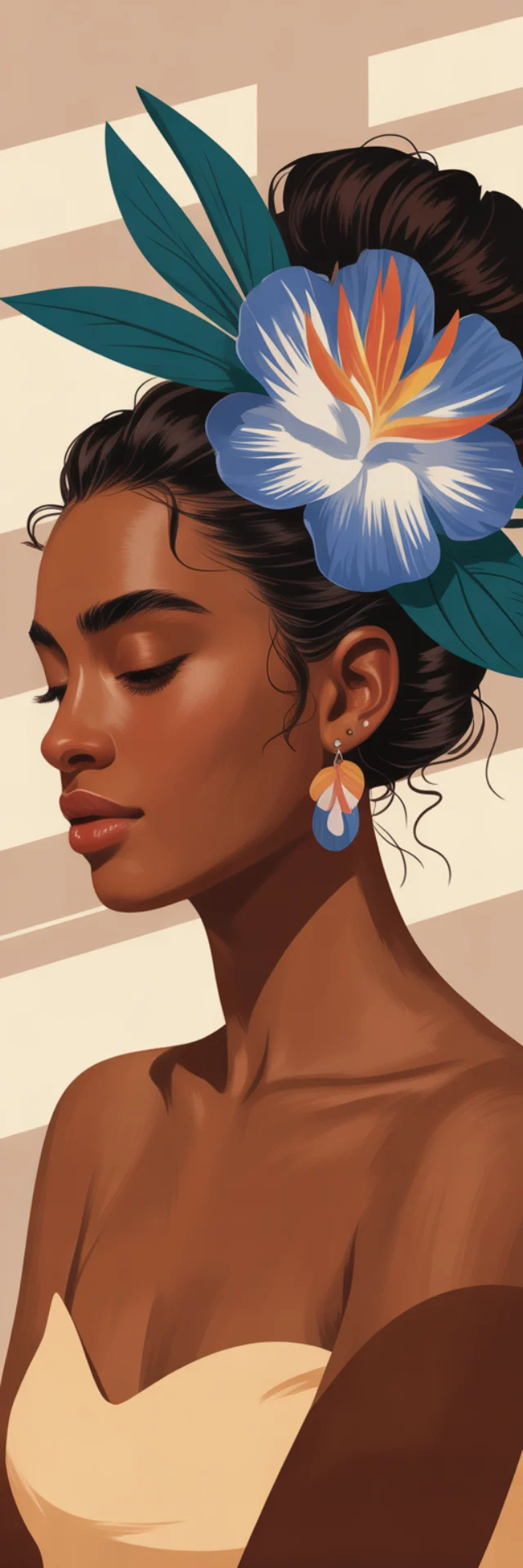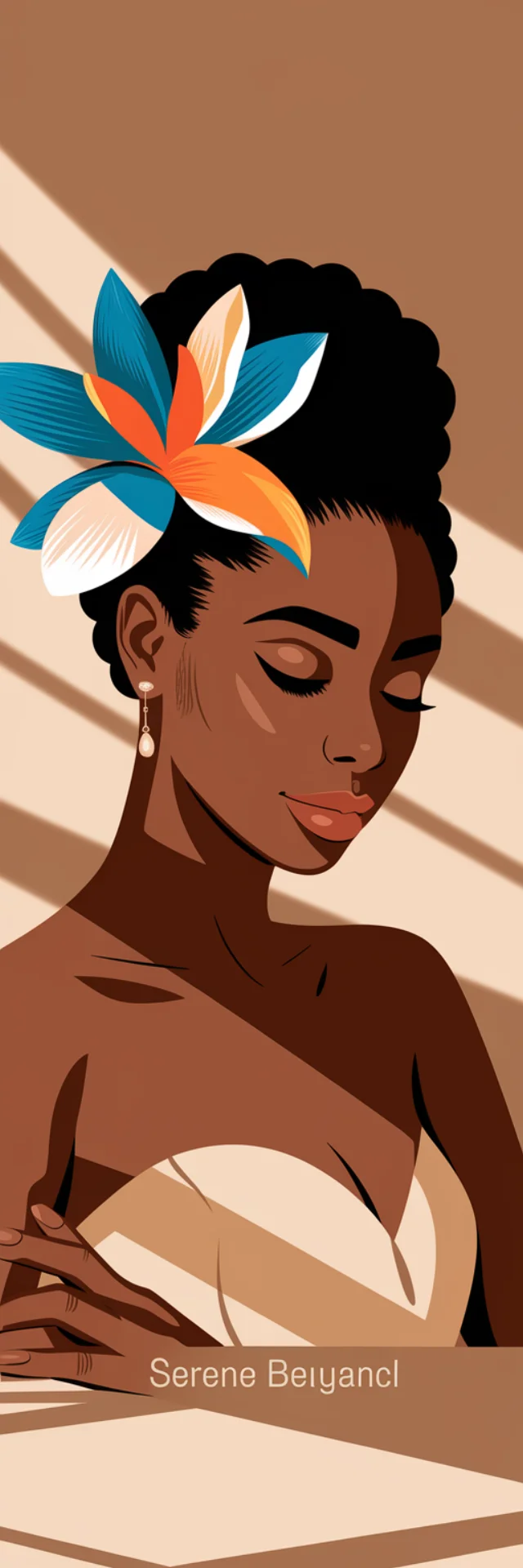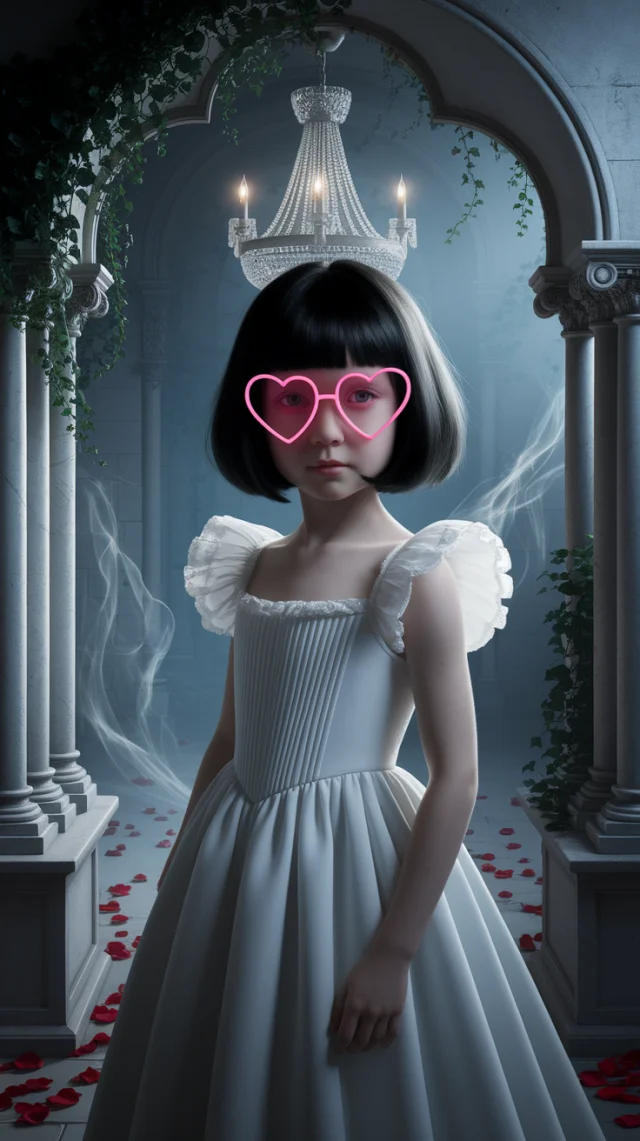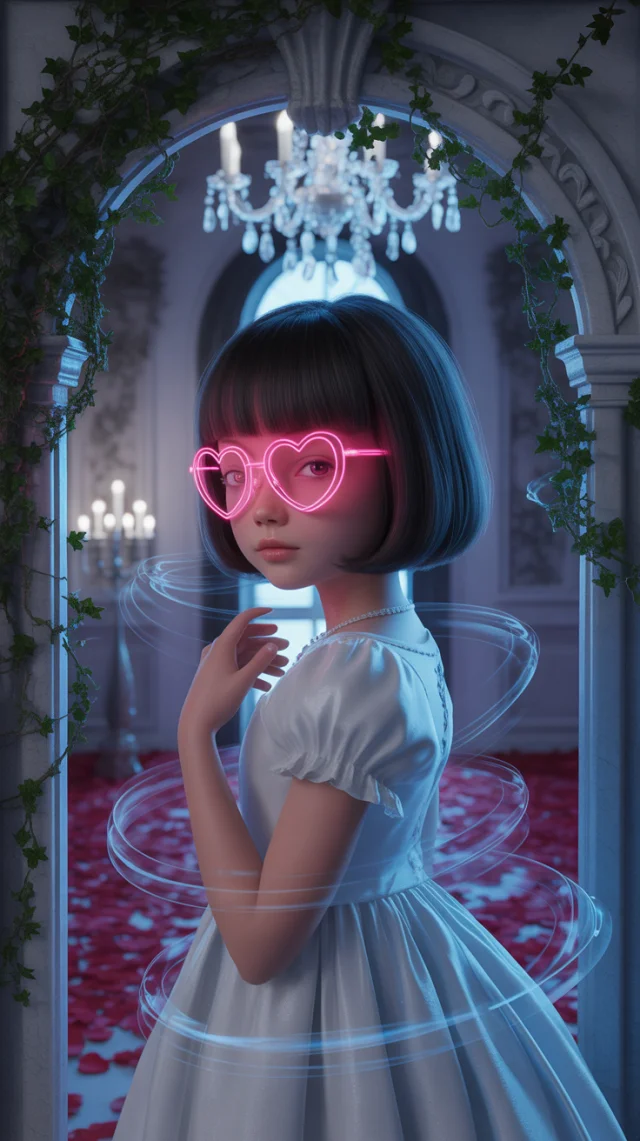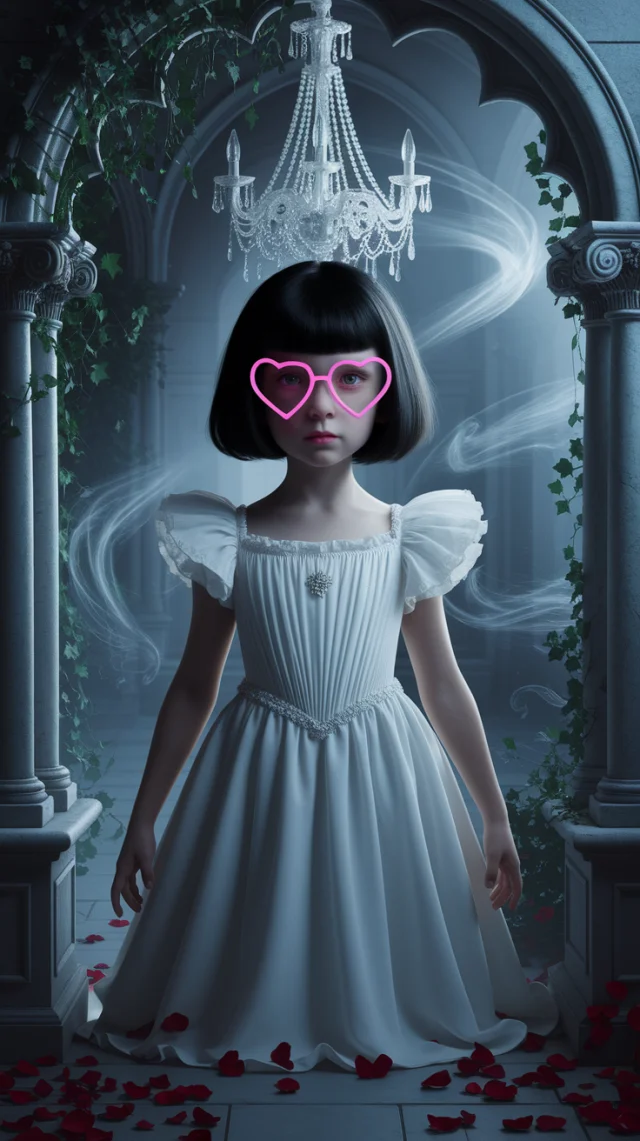Digital Binary Code Art: Ideogram Versions Compared
A close-up silhouette of a woman's face, created from black zeros and ones. The background is a white flat wall. The image has a high dynamic range (HDR) effect. The style is corporate advertising.
Exploring Ideogram's evolution in rendering Digital Binary Code Art, this analysis compares v2a, v2.0, and v3.0. Each version interprets the 'woman's face from zeros and ones' prompt differently, showcasing unique strengths in portraying this tech-centric corporate advertising aesthetic. We'll examine their success in creating compelling Digital Binary Code Art, focusing on clarity, integration of binary elements, and overall visual impact suitable for such artistic concepts.
Visual Differences
Ideogram v3.0 stands out in creating sophisticated Digital Binary Code Art, offering superior integration and clarity of binary elements. Unlike v2a, where code can feel like an overlay, or v2.0, which often struggles with coherent integration for polished Digital Binary Code Art, v3.0 seamlessly fuses the zeros and ones into the facial form. V3.0 consistently achieves the desired HDR corporate aesthetic crucial for high-impact Digital Binary Code Art, whereas earlier versions show more variability. For intricate and refined Digital Binary Code Art, v3.0 shows a marked improvement in interpreting the prompt's nuances, delivering visuals that truly embody the concept of a face constructed from digital information.
Recommendation
For generating compelling Digital Binary Code Art, particularly a woman's silhouette from zeros and ones in a corporate style, Ideogram v3.0 is unequivocally the best version. Its advanced rendering capabilities ensure the binary elements are not just present but integral to the image's structure and aesthetic. This results in cleaner, more sophisticated, and impactful Digital Binary Code Art that aligns perfectly with modern tech and corporate visual demands, making it the top choice for projects centered around Digital Binary Code Art.
